
Filter News
Area of Research
News Type
Date
Media Contacts

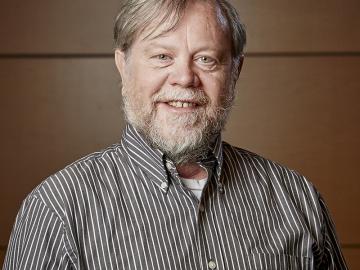
Richard Norby, a physiological ecologist at the Department of Energy's Oak Ridge National Laboratory, has been elected fellow of Ecological Society of America. Norby, a researcher in ORNL's in the Environmental Sciences Division and Climate Change Science Institu...
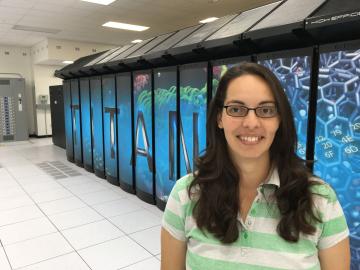
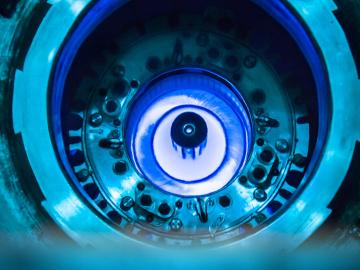

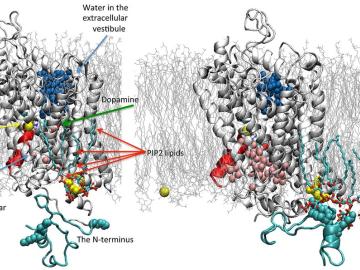
In an era of instant communication, perhaps no message-passing system is more underappreciated than the human body. Underlying each movement, each mood, each sight, sound, or smell, an army of specialized cells called neurons relays signals that register in the brain and connect us to our environment.
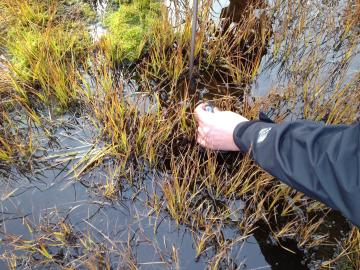
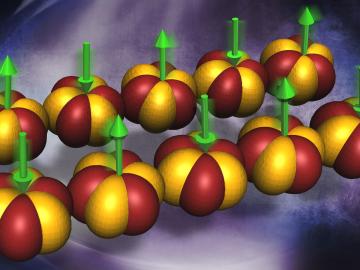
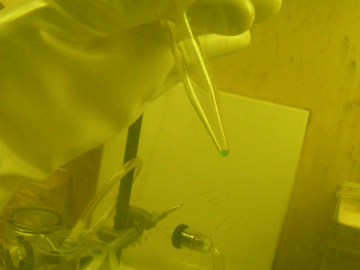
The International Union of Pure and Applied Chemistry (IUPAC) Inorganic Chemistry Division has published a Provisional Recommendation for the names and symbols of the recently discovered superheavy elements 113, 115, 117, and 118.
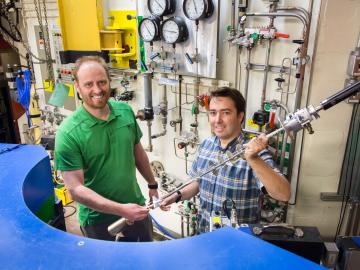
An elusive massless particle could exist in a magnetic crystal structure, revealed by neutron and X-ray research from a team of scientists led by the Department of Energy’s Oak Ridge National Laboratory and the University of Tennessee.


